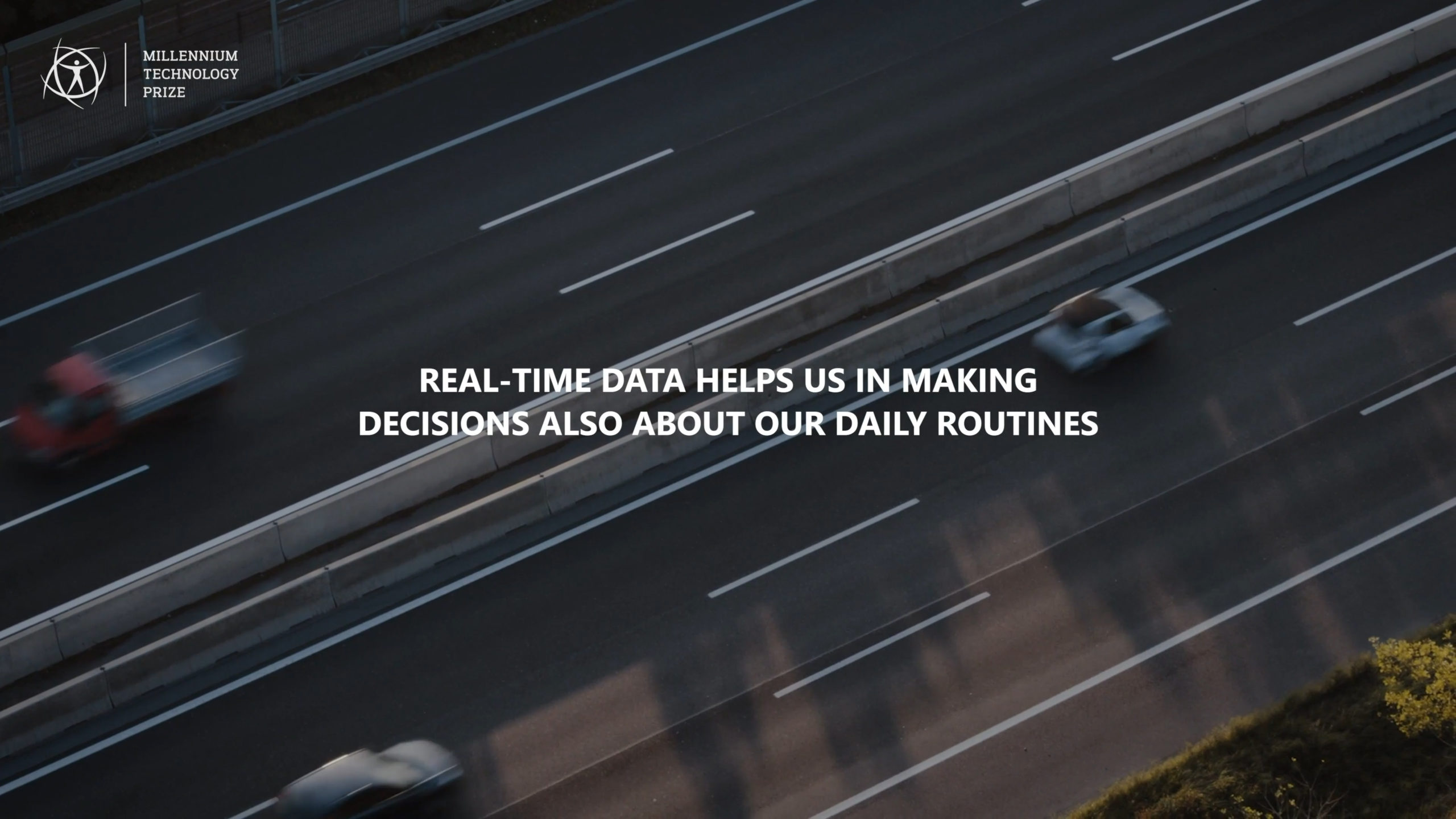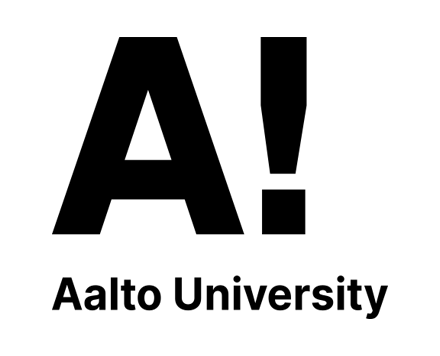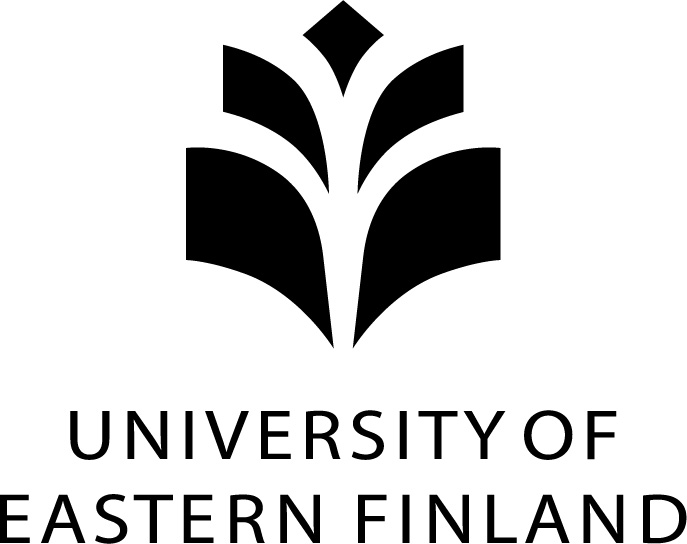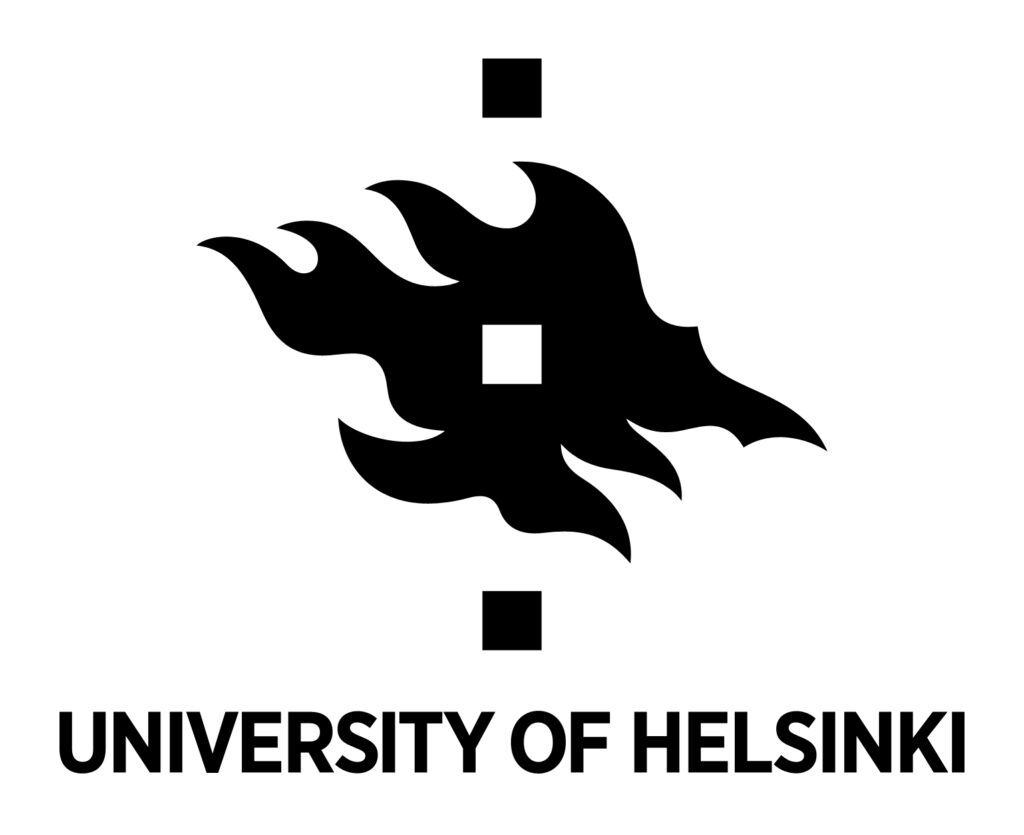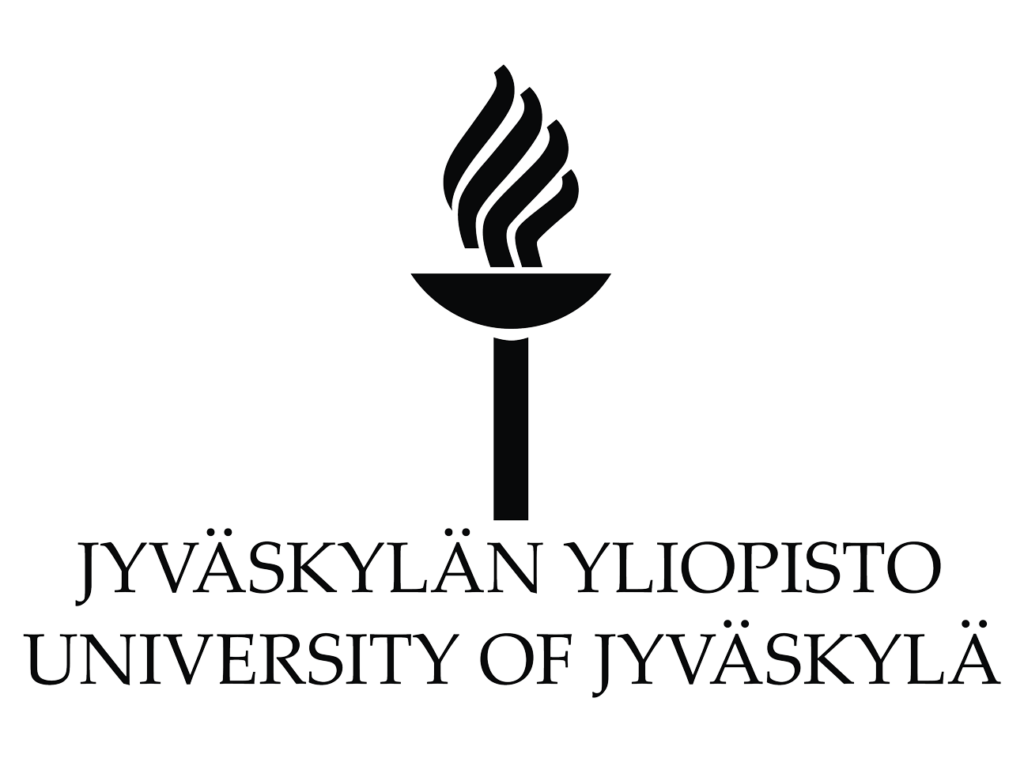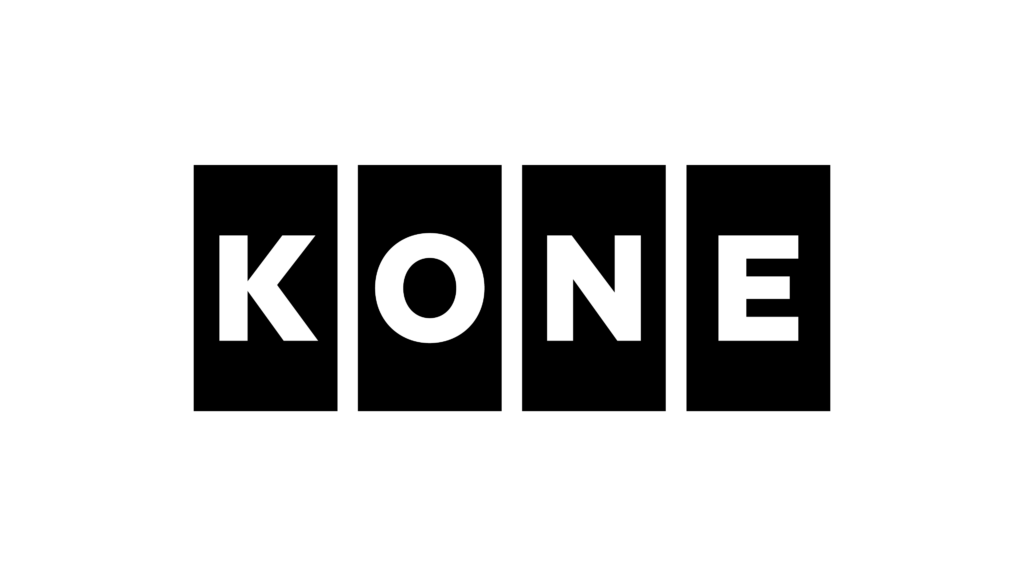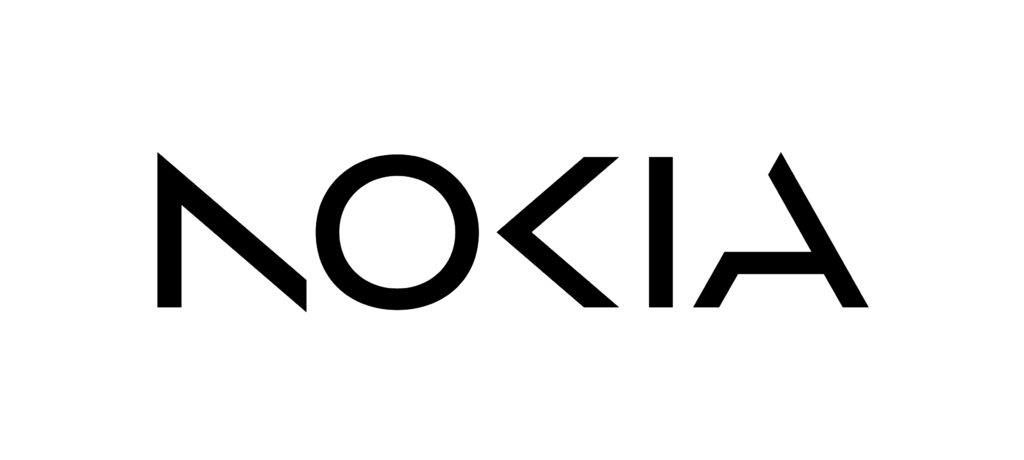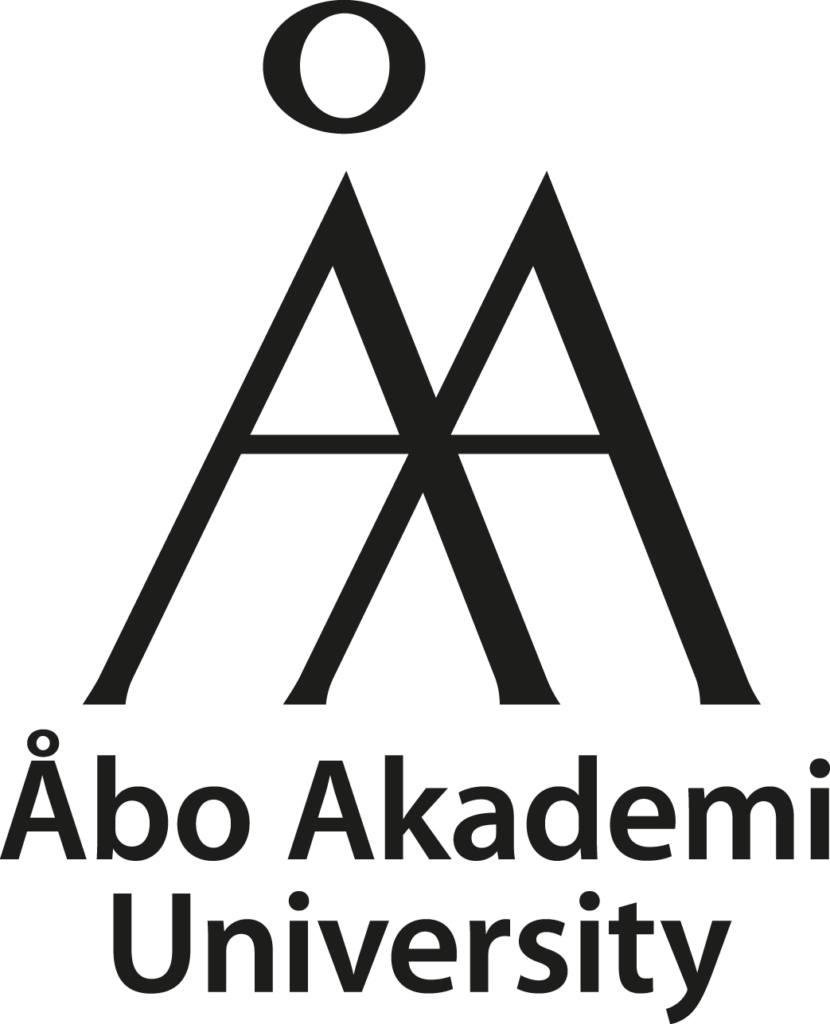How is AI transforming innovation at companies and universities? Three innovation leaders share their experiences

AI has rapidly changed how we work, making ideation and creative work less dependent on human thinking. So, how exactly does AI change the way researchers and R&D units innovate? We discussed the topic with three innovation and research leaders from Neste, OP Financial Group and the University of Helsinki.
The launch of generative artificial intelligence tools such as natural language-based ChatGPT and Midjourney has sparked a new conversation about the possibilities of AI for every industry. Even though AI has been predicted to become one of the most transformative technologies in over a decade, it was only after the launch of these easy-to-use, everyday AI tools that the potential – and threat – of AI became truly tangible.
By now, every company is likely drafting their AI adoption strategies and evaluating how the technology could speed up their processes and become a companion for every employee and task.
Heikki Rautila, head of the innovation lab at Finnish OP Financial Group, says that incorporating artificial intelligence into daily work routines has been in the company’s pipeline for the past three years. The company has proactively equipped itself to integrate the latest generative AI tools, culminating in the development of its in-house AI named Maiju. This proprietary AI system utilises the company’s own datasets. The OP Financial Group now seamlessly integrates AI into its daily operations, and Rautila is confident that this will significantly influence the business and the quality of services it offers.
“AI allows us to see and analyse more than we could without it. For example, we receive millions of customer calls every year. With the help of AI, we can analyse all those calls and understand how we can serve our customers better so they won’t have to make the call in the first place,” he says.
“If I start a conversation with an AI-created proposal and ask the person to comment on it, they will likely have ideas about what they would add and remove from that proposal immediately.”
Heikki Rautila, OP Financial Group
AI tools can speed up iterative development and design processes
In addition to analysing large quantities of data, Rautila believes that artificial intelligence can speed up all parts of the innovation process.
“Innovations are the result of iterative development. You must try many things to determine what works and what doesn’t. AI tools can now speed up experimentation by helping developers to create prototypes rapidly, for example. This means more trials can be completed in a shorter time frame.”
Rautila also sees AI as a good kickstarter for creative thinking.
“If I prompt an employee to tell me what the future of insurance will look like, it’s unlikely that they will have a clear answer straight away. But if I start the conversation with an AI-created proposal and ask the person to comment on it, they will likely have ideas about what they would add and remove from that proposal immediately.”

Rupesh More from the fuel producer Neste is also interested in accelerating the speed of innovation. He is a digitalisation manager at the company’s research, development and innovation organisation. Neste is on a transformational journey to develop sustainable and renewable alternatives to fossil-based raw materials for fuel production. The call for rapid innovation comes from legislative mandates, propelling every company to compete for similar innovations in a complex ecosystem.
“Researching with sustainable material alternatives requires complex scientific work and the ability to challenge the status quo of existing scientific methods. AI can speed up this work by expanding our understanding of raw materials and providing faster analysis of their qualities and behaviours.”
“The cultural empowerment of using AI and data as part of everyday processes needs to happen before we even start to build any solutions.”
Rupesh More, Neste
Adapting AI technologies does not happen overnight
Right now, More is working on a strategic vision of collaborative intelligence between humans and AI in the research and innovation context.
“AI has already become the new normal,” More says. “Employees will expect to have access to high-quality AI tools in their work.”
At first, he believes artificial intelligence will replace mundane, repetitive tasks, but moving further ahead, AI will become infused in all the processes and programs a company uses, working alongside human scientists.

But none of this will happen overnight. More has observed a surge in hype surrounding AI, accompanied by promises that may not be as effortlessly achievable as AI evangelists tend to suggest. For instance, within the energy industry, More acknowledges three challenges that will take considerable time and effort to navigate.
The first challenge is AI’s reliance on data. The success stories in chemical industries have resulted from AI trained on specific data for specific tasks. However, when dealing with complex and novel materials with no previous track record or historical data, AI may not provide significant value when compared to the extensive efforts needed to build AI solutions for these particular cases.
Secondly, energy production relies on large manufacturing facilities that have not necessarily been designed with AI and digital in mind. For AI to be successful, it relies on rapidly evolving sensory and computational technologies. Replacing or retrofitting facilities with next-generation and AI-ready components takes both time and resources. The adoption of AI for large and complex manufacturing companies will be a gradual process that spans several years.
Lastly, More underlines the role of company culture in adopting these changes.
“The cultural empowerment of using AI and data as part of everyday processes needs to happen before we even start to build any solutions.”
He recognises that employees may be curious yet uncertain about how AI will impact their work. To bring more awareness about the potential benefits of AI, employees need to see in-house success stories as well as examples from competitors, and they need to try things for themselves. In a highly regulated field like energy production, the use of AI in operations must be meticulously designed because security and safety are primary concerns.
Cross-sectoral and interdisciplinary collaboration is a requirement to deliver the best AI tools
Professor of Computer Science Laura Ruotsalainen from the University of Helsinki believes that legislation around AI will be pivotal to ensuring it is adopted correctly and in a way that supports society rather than putting it at risk. She believes that the European Union’s AI Act will play a decisive role in narrating the future of artificial intelligence in innovation settings.
“It’s crucial to remember that ChatGPT does not provide reliable answers to real-life questions and can do very little to help you verify its answers.”
Laura Ruotsalainen, University of Helsinki

Even though her scientific projects revolve around AI, she doesn’t use tools like ChatGPT in her daily work for anything beyond text edits because they are not reliable enough.
“It’s crucial to remember that ChatGPT is merely capable of combining data based on what it has been taught. It does not provide reliable answers to real-life questions and can do very little to help you verify its answers.”
With source criticism in mind, Ruotsalainen believes that these algorithms can become more reliable and, as a result, more applicable in highly critical areas such as scientific research.
“If an AI is trained on scientific research data, it could provide more reliable answers.”
Ongoing initiatives for combining AI tools with research are currently being developed. For example, the European Commission is working on a flagship initiative called Destination Earth (DestinE) to develop a digital model of the Earth on a global scale. This model could monitor, simulate and predict the interaction between natural phenomena and human activities.
“The most interesting advancement brought by AI is that we can try different solutions without putting humans or the planet at risk.”
Laura Ruotsalainen, University of Helsinki
Ruotsalainen’s research investigates how autonomous electrified traffic should be organised and managed to maximise the reduction of CO2 emissions in cities. She and her team use artificial intelligence to simulate different scenarios of electrified traffic and their impact on CO2 emissions.
“The most interesting advancement brought by AI is that we can try different solutions and options without putting humans or the planet at risk or spending money on expensive trials. Based on our results, we can inform and help cities with their city planning,” Ruotsalainen explains.
She is a member of the Finnish Center for Artificial Intelligence (FCAI), which is developing so-called virtual laboratories to bring AI expertise into other research fields. They allow data scientists to develop AI tools together with, for example, material scientists, atmospheric scientists and environmental scientists, which could enable specific industries to fast-track their innovation development.
“AI tools require a significant amount of data. To make the data useful, you need to understand what is relevant to the industry. Through these virtual laboratories, we can help industries work with AI in a meaningful way without having to create the AI tools themselves.”
Ruotsalainen believes that all processes can be enhanced with the help of AI. But, to achieve the best processes and tools, collaboration between scientists, industry professionals and legislators will be essential.

